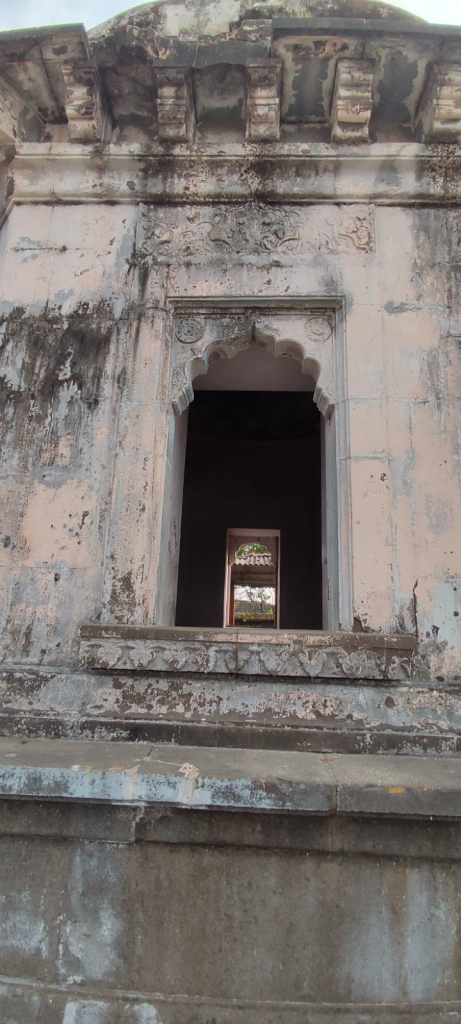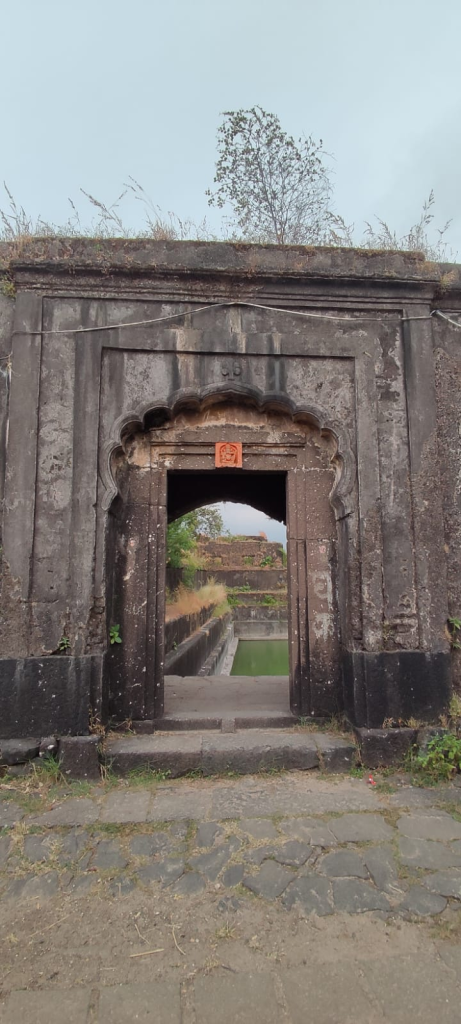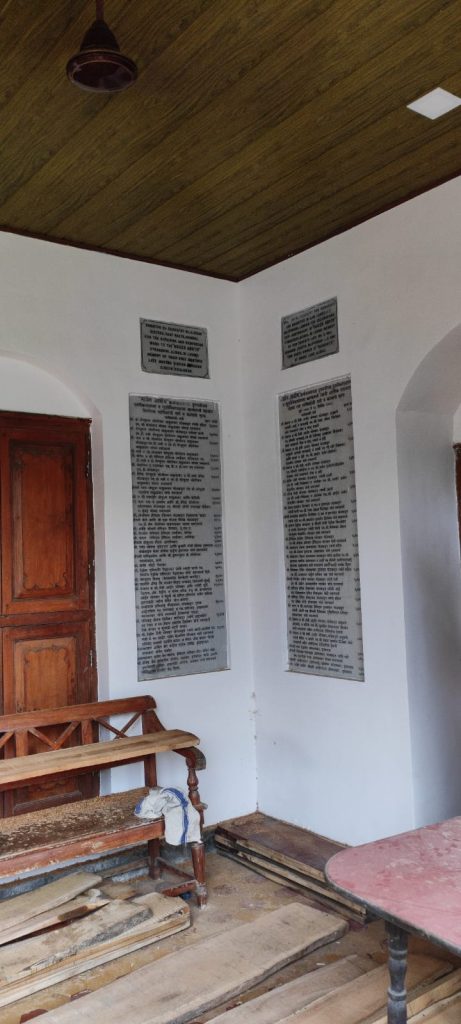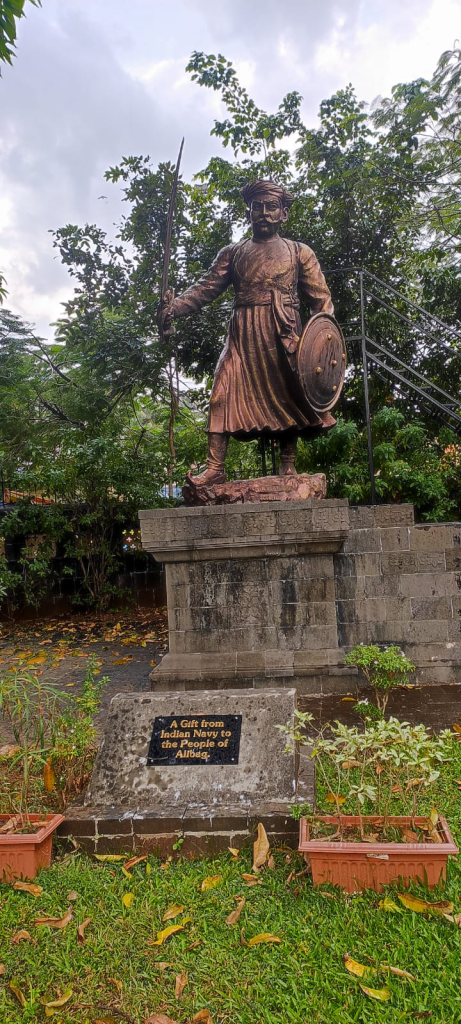The sudden rescheduling of the school exams and subsequent Diwali vacation due to the 37th National Games, 2023, being hosted by the Government of Goa left many of us wondering how best to spend the break at such short notice.
After much deliberating, we decided to go with extended family to Alibag. I had never been there before and was excited to finally tick that off my bucket list. I usually like to do some reading up in advance, but got so caught up in whatever was happening in our lives then that it got sidelined. The itinerary was being planned by my Mumbai family, so I decided to just go with the flow.
I knew that one of the highlights of the trip would be a visit to Murud-Janjira fort, that I had been wanting to do for the longest time. But that there would be a few more forts on the menu came as a delightful surprise to me.
The fact that these were sea forts along India’s western coast meant that their history was directly or indirectly intertwined with ours. In retrospect I wished I had packed my friend, the esteemed architectural historian Amita Kanekar’s hugely informative pocket book ‘Portuguese Sea Forts Goa, with Chaul, Korlai and Vasai ‘. But hindsight is 20/20.
We got to Alibag by the Ro-Ro ferry. The only other time I had been on a similar contraption was the Dover-Calais crossing somewhere in the early 2000s.
That afternoon we visited Kolaba fort (35 km south of Mumbai), one of the chief Maratha naval strongholds under first Chhatrapati Shivaji (who strengthened and fortified it in 1662), later his son Sambhaji.
Kolaba fort finds mention only twice in Ernestine Carreira’s ‘Globalisng Goa (1660-1820): Change and exchange in a former capital of empire.’ In the early 1700s, long after the death of Sambhaji in 1688, Maratha chieftains such as a Angres were “troubling” the Estado in Goa from here.
A 1723 report by viceroy José Sampaio de Castro describes a naval fleet engaged in warfare against the ever-growing maritime strength of the Marathas from their coastal bases in Kolaba and Gheria (north of Goa). Reading between the lines, the Estado powers-that-be grossly underestimated the Maratha threat, to their folly.
Elsewhere in the literature (although the source is not mentioned), one learns that on 17 November 1721, the British, “incensed at (Kanhoji) Angre’s activities”, joined the Portuguese in an expedition against Kolaba. A Portuguese land force of 6000 and three English ships under Commodore Mathews co-operated but the attempt failed. The British blamed the failure on the “cowardice of the Portuguese”.
We crossed over from Alibag beach to Kolaba at low tide, by tonga drawn by two weary horses, who had to plough their way at a trot through the shallow water, kicking up a dirty sandy spray in their wake.

It was interesting to learn from the tonga-driver that the horse trade, over which so much blood was spilled, battles won and lost, and kingdoms and empires rose and fell, still continues to this day. He bought his horses at an animal fair in rural Maharashtra (I forget where) for Rs. 10,000/- each some months ago. At the rate charged per round trip, and several trips a day, he would have recovered that investment quite soon. He assured me the tongas worked on a rota system, so the horses got some days of rest and recuperation.

We had to hurry to take in as much of Kolaba fort as possible before the rising of the tide.









But from the sweeping views it commanded from its vantage point, it was easy to understand its strategic importance on the coastline between Mumbai and Janjira.






A Soviet tank T-55 relic from the 1965 Indo-Pak war with a detailed description of its vital statistics for some reason greets visitors to Alibag beach.


The beach itself is a cautionary tale for what Goa’s already devastated beaches should avoid degrading even further into: sand-buggy operators vying with each other to take tourists at breakneck speed along the shoreline, flattening any little crabs or other life forms that have the misfortune to be in their path;

piles of horse and camel dung from the poor beasts engaged also in tourist rides.

As we left the area, we could hear loudspeaker exhortations in Marathi, asking listeners to come to watch a film on Nathuram Godse, murderer of the Father of our Nation. It felt surreal, but nobody seemed to bat an eyelid one way or another.
According to Indian Jewish historian Esther David, Jews (the Bene Israeli Jews) arrived in the region around Alibag over 2000 years ago, escaping persecution from the Roman Empire, when their ship wrecked here. It is believed that a wealthy Bene Israelite named Eli (Elisha/Elizah) lived here and owned many mango and coconut plantations. Hence the natives used to call the place “Eli cha Bagh”(“Eli’s garden”) which got corrupted to “Alibag”.
We wished to visit the Magen Aboth synagogue on Israel Alley nearby, but it had been closed by police order as a pre-emptive security measure in view of the recent events in Israel-Palestine. A couple of Bene Israeli descendants sized us up suspiciously, puzzled at our interest in their place of worship. We had to be content with pictures taken from a ‘safe’ distance.




We stopped at the samadhi

and larger-than-life bronze statue, defiantly brandishing sword and shield, of Maratha naval admiral Kanhoji Angre (1669-1729),

scourge of the British, Portuguese and Dutch fleets in the Arabian Sea. A plaque below the statue states it is “a gift from Indian Navy to the people of Alibag.”
The highlight of the next day was meant to be Murud-Janjira, but an unexpected stopover en route was for me the fulfilment of a long-cherished dream: destination: Chaul!
Chaul has much broader representation in Carreira’s book, with good reason. The fort city of Chaul was the first Portuguese settlement in the Provincio do Norte. They arrived there in 1505 and established a feitoria (‘factory’) there in 1516.

It is situated downstream on the Kundalika river (therefore called Chaul de Baixo by the Portuguese) of a much more ancient entrepôt (that for the Portuguese was Chaul de Cima, Upper Chaul) that finds mention by Ptolemy and in the Periplus of the Erythraean Sea. Kanekar calls it “the richest port of the north Deccan, for it was located midway between Khambat and Malabar, where textiles from the former could be traded for spices of the latter.”
The Portuguese feitoria soon became a fortified city (São Pedro e São Paolo de Chaul) that traded with the Persian Gulf, the Red Sea and China, fostering an upstream hinterland that produced goods of high commercial value: wooden furniture, cotton fabrics, silks (the raw silk imported from China and woven here), satins and taffetas.
We approached the present-day fort entrance by a road that ran parallel to the Kundalika river, parked nearby and walked in. After all these years of just reading about this place, without even planning it, I was finally here in Chaul!
More about this and other forts in another column.
(An edited version of this article was published on 03 March 2024 in my weekend column ‘On the Upbeat’ in the Panorama section of the Navhind Times Goa India)
